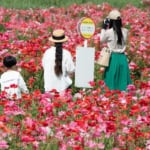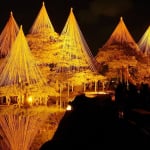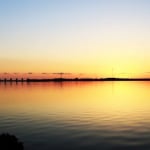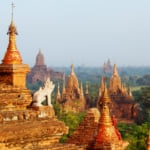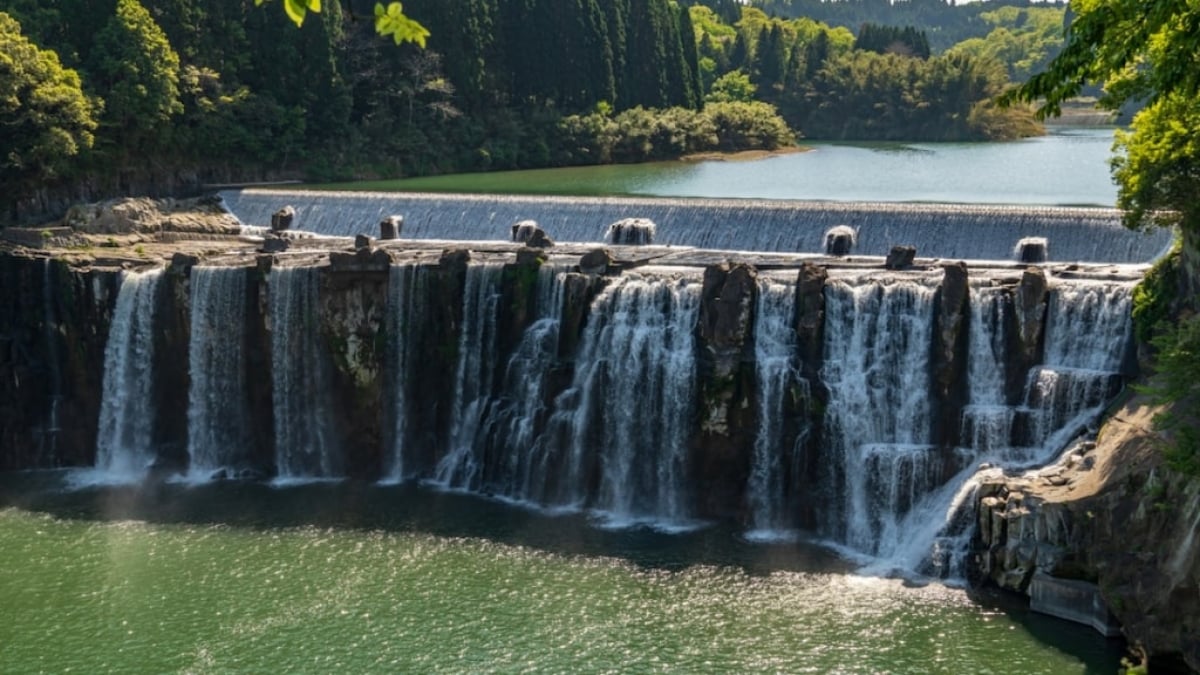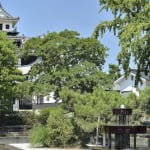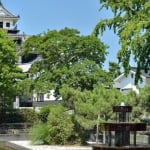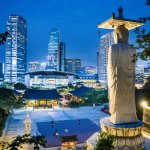There Are Two “Niagaras” in Oita! Discover the Spectacular Chinda Falls and Harajiri Falls
There are several waterfalls in Oita Prefecture, but among them, Chinda Falls and Harajiri Falls are particularly famous for their grand scale and beauty, earning them the nickname "Niagara." In this article, we’ll introduce these two proud natural wonders of Oita, as well as nearby sightseeing spots. Be sure to use this guide when planning your visit. *Photo: Chinda Falls
table of contents
[x] close
There Are Two “Niagaras” in Oita! Discover the Spectacular Chinda Falls and Harajiri Falls
The Famous Chinda Falls, Once Painted by Sesshu
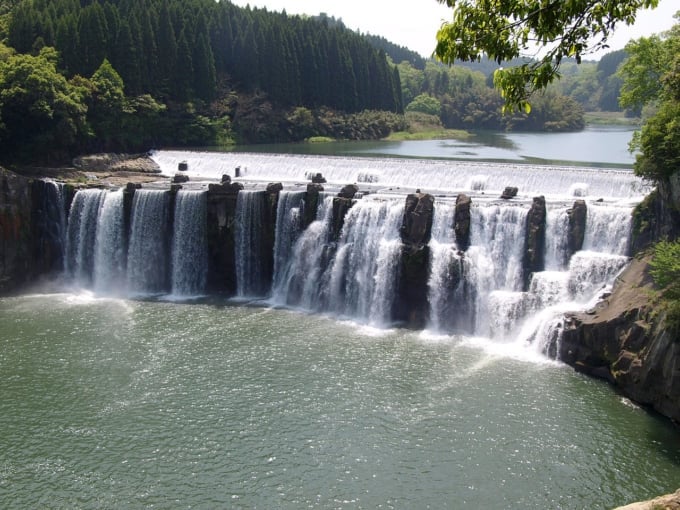
Located in Bungo-ōno City, Oita, Chinda Falls consists of two waterfalls: the male waterfall (O-daki) on the main stream of the Ōno River and the female waterfall (Me-daki) at the confluence with the Hirai River. They are also known as the “Niagara of Bungo” and “Niagara of Ōno.”
O-daki is approx. 20 meters high, 100 meters wide. Me-daki is approx. 18 meters high, 4 meters wide. In 2007, Me-daki was designated as a national registered monument. Chinda Falls is a historic scenic spot—famed artist Sesshū visited in 1476 during the Muromachi period and painted "Chinda Bakuzu (Chinda Waterfall Illustration)."
According to local legend, about 150 years ago, the falls were located 240 meters downstream. Due to the massive pyroclastic flow caused by Mount Aso’s eruption 90,000 years ago, the riverbed was filled with volcanic deposits. Over time, the force of the water caused the bedrock to collapse repeatedly, moving the waterfall upstream.
Right next to the waterfall is the Chinda Hydroelectric Plant, built in the Meiji period. Nearby, there’s a visitor area called Chinda no Taki Fureai Park, where you can see exhibits related to hydroelectric power.
Harajiri Falls – Called the “Niagara of the East”
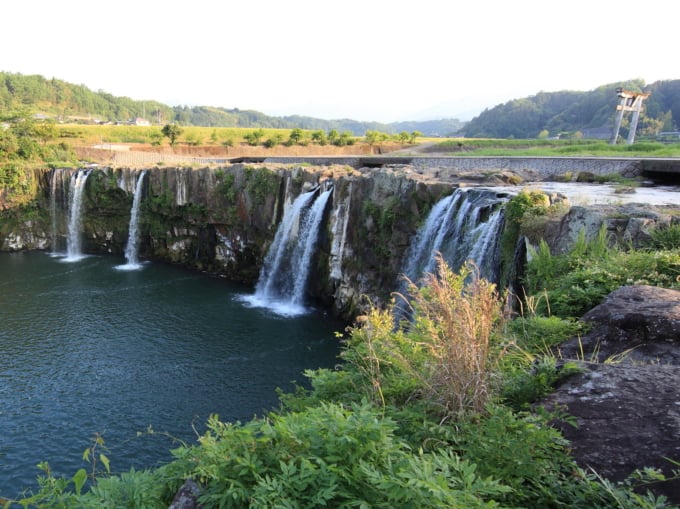
Located in the Ōita Bungo-ōno Geopark, Harajiri Falls is a standout geological feature. It appears suddenly in the middle of rice fields and has been selected as one of the 100 Best Waterfalls in Japan. Due to its columnar joints—a rock formation that naturally forms vertical cracks—it has a unique, beautiful shape.
The width is 120 meters and height is 20 meters. In front of the falls is a wooden suspension bridge (Takimi Bridge) that offers a full frontal view. Walk upstream along the opposite bank, and you’ll find a concrete low-water crossing, giving you 360-degree views of the entire waterfall.
Harajiri Bridge – The Most Beautiful of Many Stone Bridges

In Ogata Town, Bungo-ōno, there are more than 20 stone bridges crossing the rivers. Including small ones used for irrigation, the number is countless.
While the Ogata Bridge (from the Meiji era), the two-arched bridge with different-sized spans, and the 78-meter-long Nagase Bridge are all notable, Harajiri Bridge is often considered the most beautiful after Nagase.
Built in the Taisho era as a connection between riverbank homes, Harajiri Bridge blends into the surrounding nature—its charm lies in how it has harmonized with local life and the mountain scenery.
Ogata Tulip Festival – A Spring Tradition in Bungo-ōno
Ogata Town in Bungo-ōno retains the nostalgic charm of rural Japan. It has been selected as one of the Top 100 Rural Landscapes of Japan.
At the Roadside Station Harajiri no Taki, right in front of Harajiri Falls, the area bursts with over 500,000 tulips from 100 varieties every spring. During this time, the Ogata Tulip Festival draws large crowds.
Held annually from the first Saturday of April to the third Sunday, the event features fun activities every Saturday and Sunday during the festival.
Hyakue Tunnel – A Blend of Nature and Engineering

The Hyakue Tunnel and adjacent Hyakue Iron Bridge (Iwato Bridge) form a scenic landscape popular among railway photography enthusiasts.
The tunnel was dug into a rock wall of Aso welded tuff, solidified volcanic ash from Mount Aso’s massive eruption 90,000 years ago. Below the large cliff, you can see exposed layers of the Ōno River stratigraphy from about 100 million years ago.
Since Chinda Falls is nearby, it’s recommended to visit both together.
How to Access the Two Falls
▼Access to Chinda Falls
By train: 10 minutes by car from JR Bungo-Kiyokawa Station (Hōhi Main Line)
By car: About 10 minutes from Ōno IC on the Central Kyushu Expressway
▼Access to Harajiri Falls
By train: About 5 minutes by car from JR Ogata Station (Hōhi Main Line)
By car: About 10 minutes from Asaji IC on the Central Kyushu Expressway
